Common Mistakes While Growing Seeds
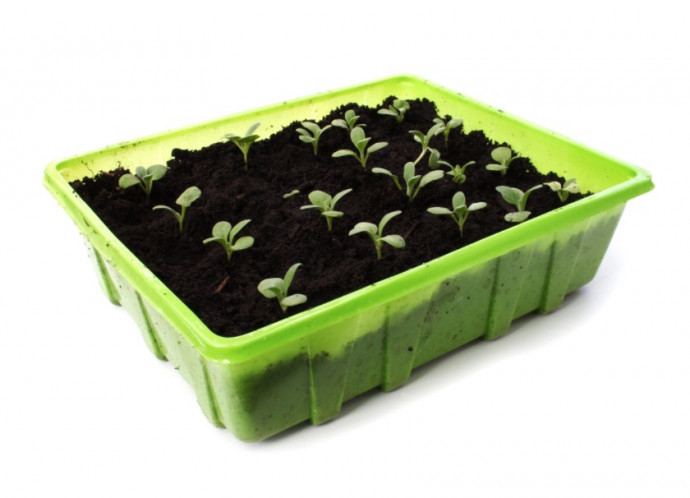
Growing seeds indoors is one of the best parts of gardening. You can finally get your hands in the soil after a winter break. A gardener’s shelf full of tiny seedlings is a sure sign that’s spring is on its way! It is also a budget-friendly option to start seeds indoors, especially when the seedlings grow into robust plants. While it is much easier to start with a grown plant, there’s a certain satisfaction that can only come from starting from a seed. However, growing seeds indoors might be challenging. And in order to significantly increase your chances of success, I’d like to share with you the most common seed-starting mistakes. Read on and learn the common mistakes gardeners make, and how you can avoid making them yourself. Enjoy!
1. Not Enough Light
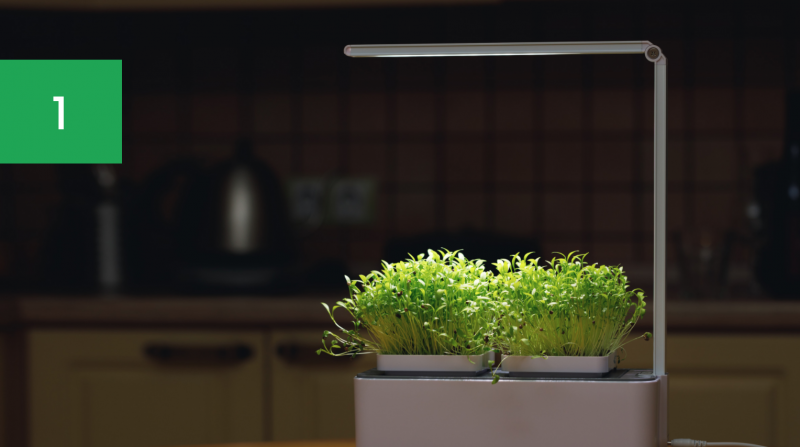
This is one of the most common mistakes; seedlings need a lot of light! Typically, a seedling is going to need a good deal more light than a full grow plant. Think of the care and attention a baby needs, seedlings need the same in a similar respect. Unfortunately, even the sunniest of homes are likely to not have adequate sunlight for growing strong seedlings. You don’t need to buy actual grow lights though, simple garage or shop lights will work well. The lights should be as close as possible to the tops of the plants without burning them. Setting up your lights so you can easily adjust their height as the plants grow is a great idea. Keep the lights as close to the seedlings as possible without touching them (2 to 3 inches). When seedlings first appear, keep the lights turned on for 12 to 16 hours per day.
2. Watering Too Much or Too Little
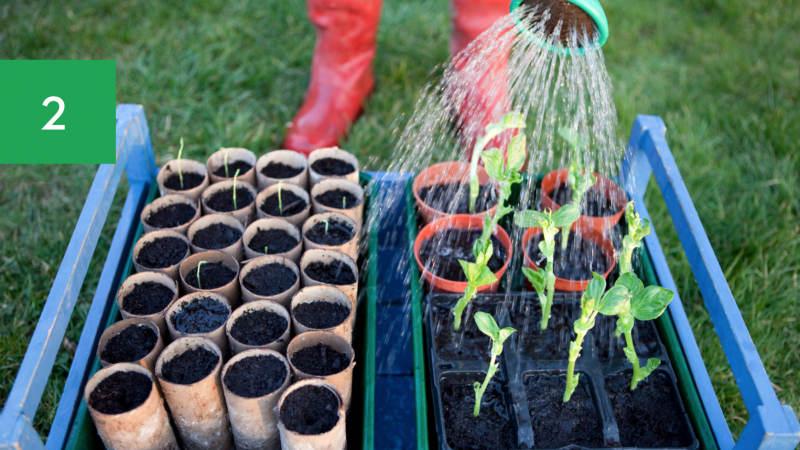
The amount of water you supply can make or break seedling growth. Watering is one of the most challenging aspects of seed starting. Because seedlings are so delicate, there is very little room for error when it comes to watering. You must keep the sterile seed-starting medium damp but not wet.
To increase your chances of getting it right, here are a few things you can do:
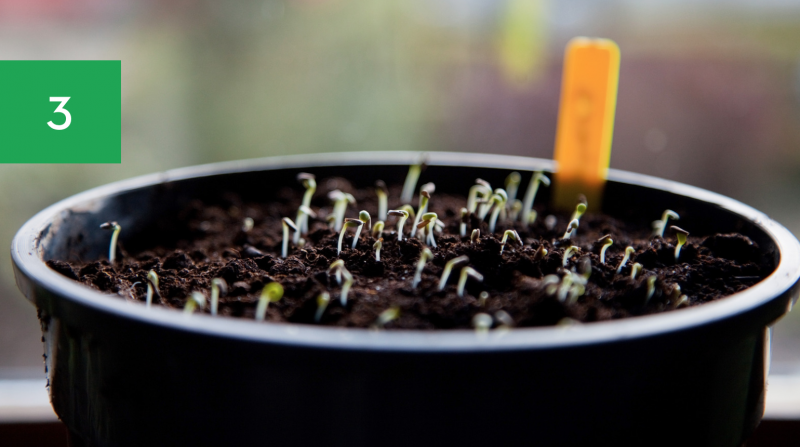
Seed germination typically happens around 65°F -75°F. Any cooler than this, and it’s a good chance your seeds won’t germinate properly. This is typically an issue inside cooler homes, or if you plant them outside too early! Also, take care to avoid areas with a draft or that fluctuate more than a few degrees in temperature like near a furnace register. A good place to germinate seeds is on the top of the refrigerator. This naturally provides some additional heat, and will likely be a few degrees warmer than the rest of your home. Or, you can purchase seed-warming mats to place under the seed trays. Once a seedling emerges, they can tolerate fluctuating temperatures (within reason). Whatever type of light you use, natural or artificial, make sure it produces enough heat to keep the plants in the 65- to 75-degree range. If you’re using grow lights, you can also use the heat from the lights to provide warmth as well. Just be careful not to overheat the seedling.
4. Not Labelling Seeds
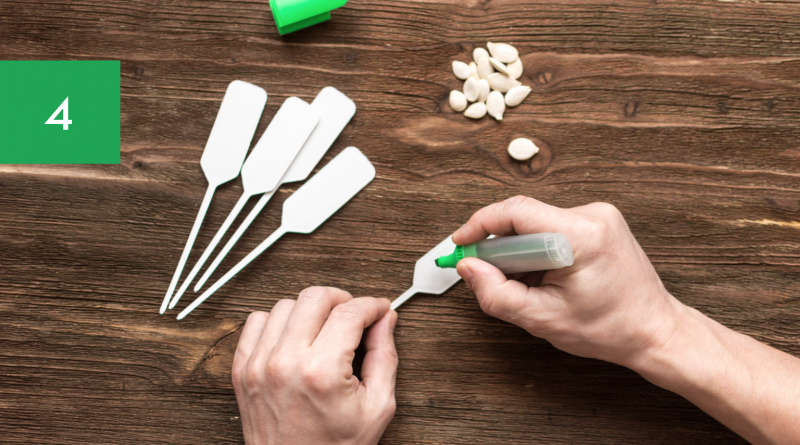
While many seeds are pretty simple to grow, just push it to some dirt and water, others require a bit more care. Some seeds need to be soaked overnight before planting, some need light to germinate, while still others need to be scarified. It is crucial to be able to identify seedlings as they grow and to know when they will be ready for transplanting, that’s why you should label the seed containers as you are sowing each time. Don’t forget to do that! You can use popsicle sticks, plastic plant markers and permanent ink pens for every type of seed sown to record the plant name and dates. Insert the plant labels into the soil near the edge of the container or tray.
5. Planting Too Deep
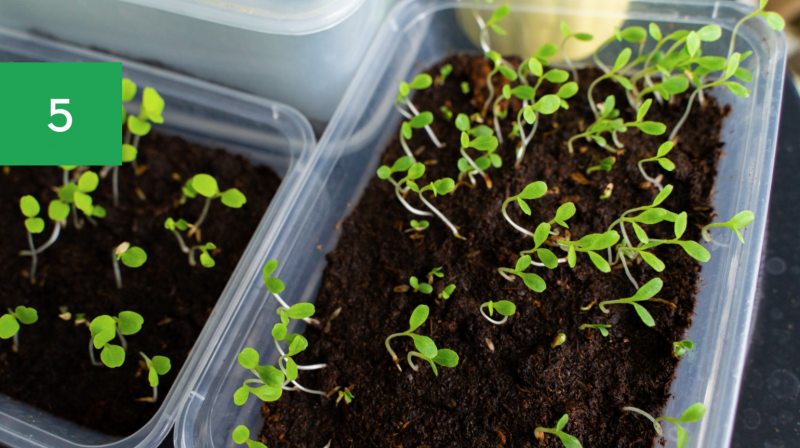
Seeds are finicky when it comes to how deep they are planted. Before you start sowing those seeds take a few minutes to read over the package. Different types of plants have different needs, and one of them is the depth at which seeds should be planted.
The general rule of thumb is to plant the seeds at a depth 2-3 times their width. That said, there are certain types of plants that require light to germinate, and shouldn’t be covered at all. This is pretty simple, but very easy to mess up if not given proper attention.
6. Using Garden Soil Instead of a Proper Potting Medium
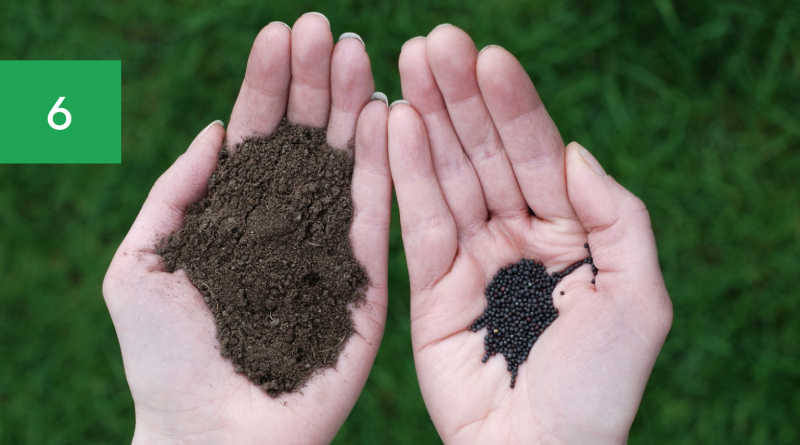
You don’t necessarily have to buy a potting mix, but you do need something other than plain old garden soil. Potting mixes always include something like peat moss to hold some moisture but are also light so that they drain well. You can find many DIY recipes for potting soil on the internet. If you’re purchasing soil and want it to be organic look for something that’s OMRI (Organic Materials Review Institute) certified.
Happy gardening!
